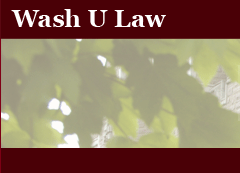Protecting Traditional Agricultural Knowledge
Publication Title
Washington University Journal of Law & Policy
Abstract
Until the end of the last century, crop genetic resources were managed as public domain goods according to a set of practices loosely labeled as “common heritage.” The rise of intellectual property for plants, the commercialization of seed, the increasing use of genetic resources in crop breeding, and the declining availability of crop genetic resources have contributed to extensive revisions to the common heritage regime. Changes include specifying national ownership over genetic resources and use of contracts in the movement of resources between countries. This Essay explores the impact of these changes in cradle areas of crop domestication, evolution and diversity (Vavilov Centers) where farmers continue to grow diverse populations of crops that serve as stores of genetic resources and sources for new resources. The question posed here is whether protection of traditional knowledge is best accomplished through a form of bioprospecting that replaces common pool management by private ownership. The Essay addresses two issues relating to the demise of the common heritage regime: 1. What role does common heritage play in the management of crop genetic resources? 2. What steps are available to protect crop genetic resources in the public domain and to recognize the stewardship of farmers who maintain those resources? The Essay discusses these issues in reference to the flow of genetic resources between traditional farming systems of Vavilov Centers and the commercial and public crop breeding sectors in developed countries.
Recommended Citation
Stephen B. Brush,
Protecting Traditional Agricultural Knowledge,
17
Wash. U. J. L. & Pol’y
59
(2005),
https://openscholarship.wustl.edu/law_journal_law_policy/vol17/iss1/5
